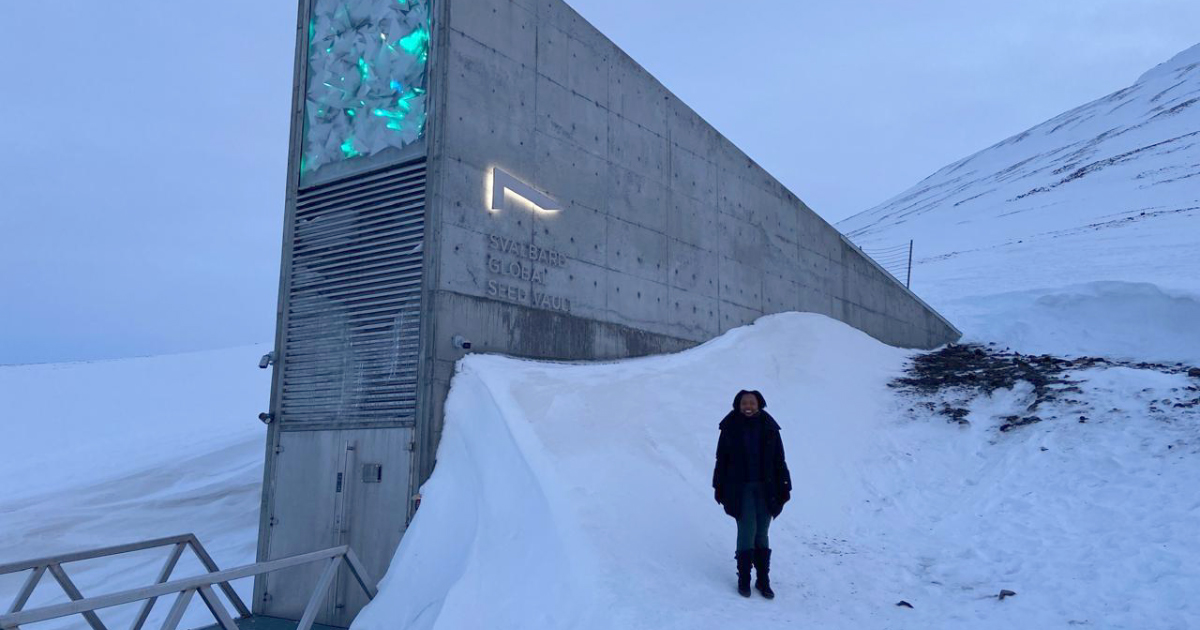DOI:
https://doi.org/10.1038/s41893-024-01494-5Pontuação Altmetric:
Dimensões Contagem de citações:
Ano de publicação
2025
Autores
Ingram, D.J.; Froese, G.Z.L.; Carroll, D.; Bürkner, P.C.; Maisels, F.; Abugiche, A.S.; Allebone-Webb, S.; Balmford, A.; Cornelis, D.; Dethier, M.; Dounias, E.; Ekodeck, H.G.; Emogor, C.A.; Fa, J.E.; Fonteyn, D.; Ghiurghi, A.; Greengrass, E.; Kümpel, N.F.; Lupo, K.; Muhindo, J.; Ngandjui, G.; Ngohouani, G.D.; Sandrin, F.; Schleicher, J.; Schmitt, D.N.; Vanegas, L.; Vanthomme, H.P.A.; van Vliet, N.; Willcox, A.S.; Midoko Iponga, D.; Kemalasari, D.; Muchlish, U.; Nasi, R.; Sampurna, Y.; Tarla, F.N.; Willis, J.; Scharlemann, J.P.W.; Abernethy, K.; Coad, L.
Idioma
English
Palavras-chave
wild animals, hunting, wildlife, tropical forests, habitat loss, biodiversity conservation


















